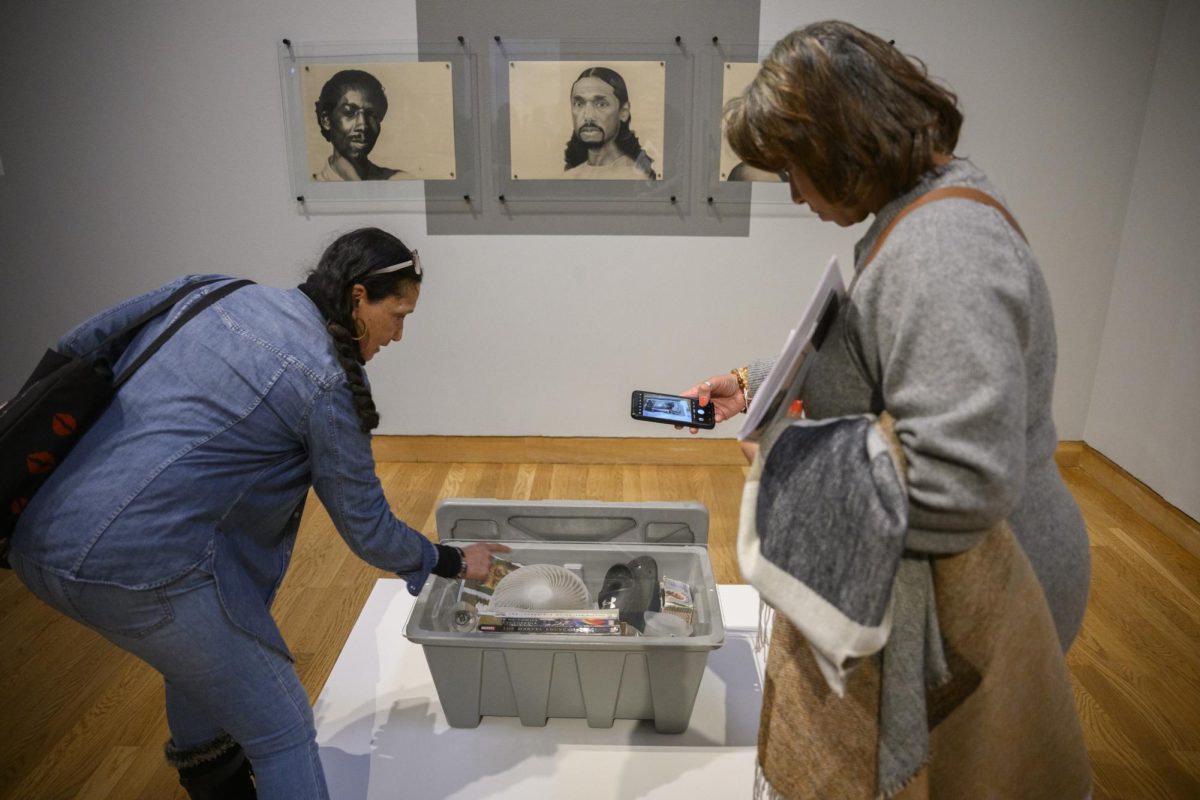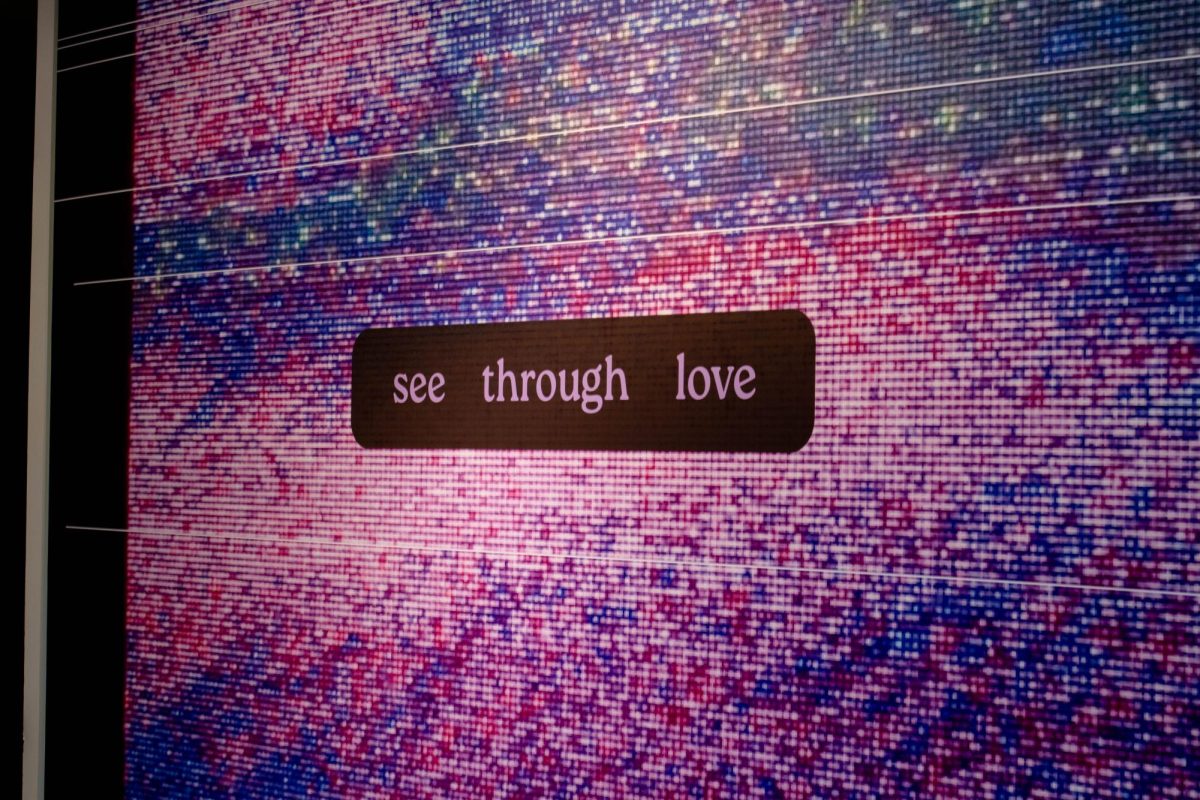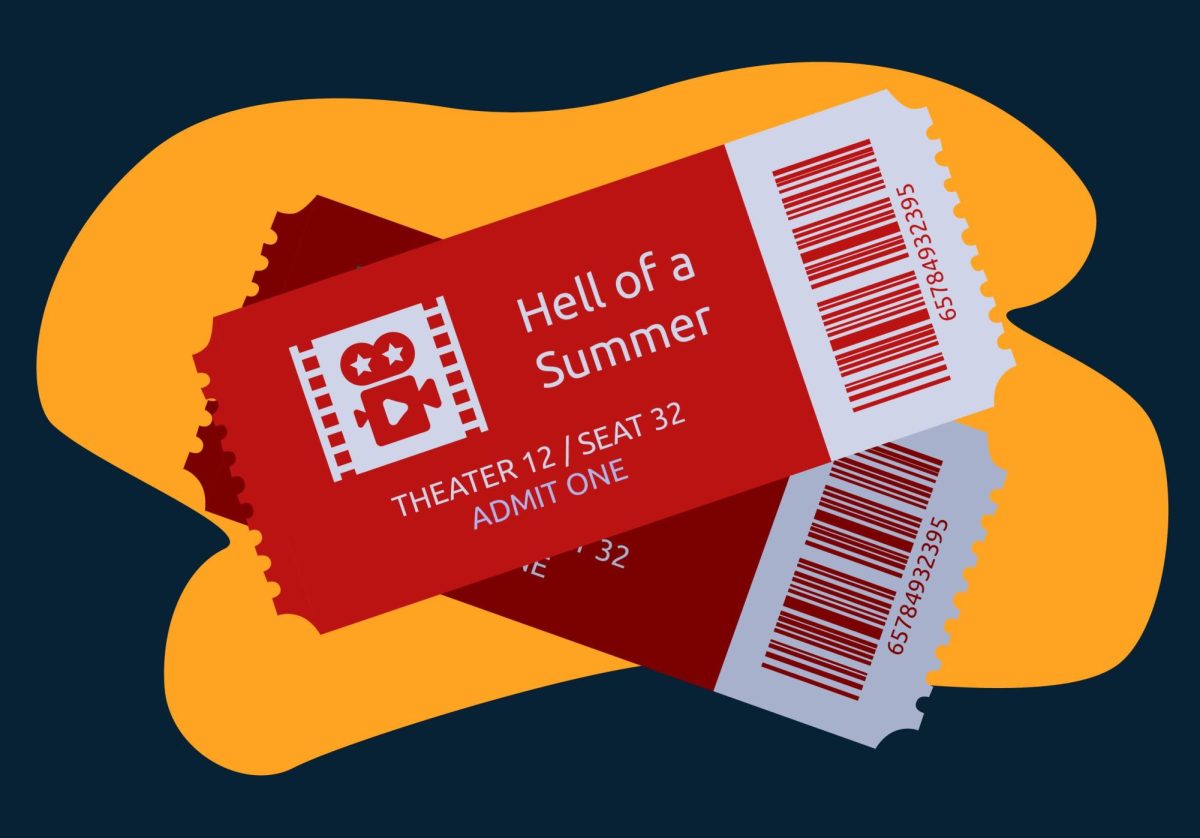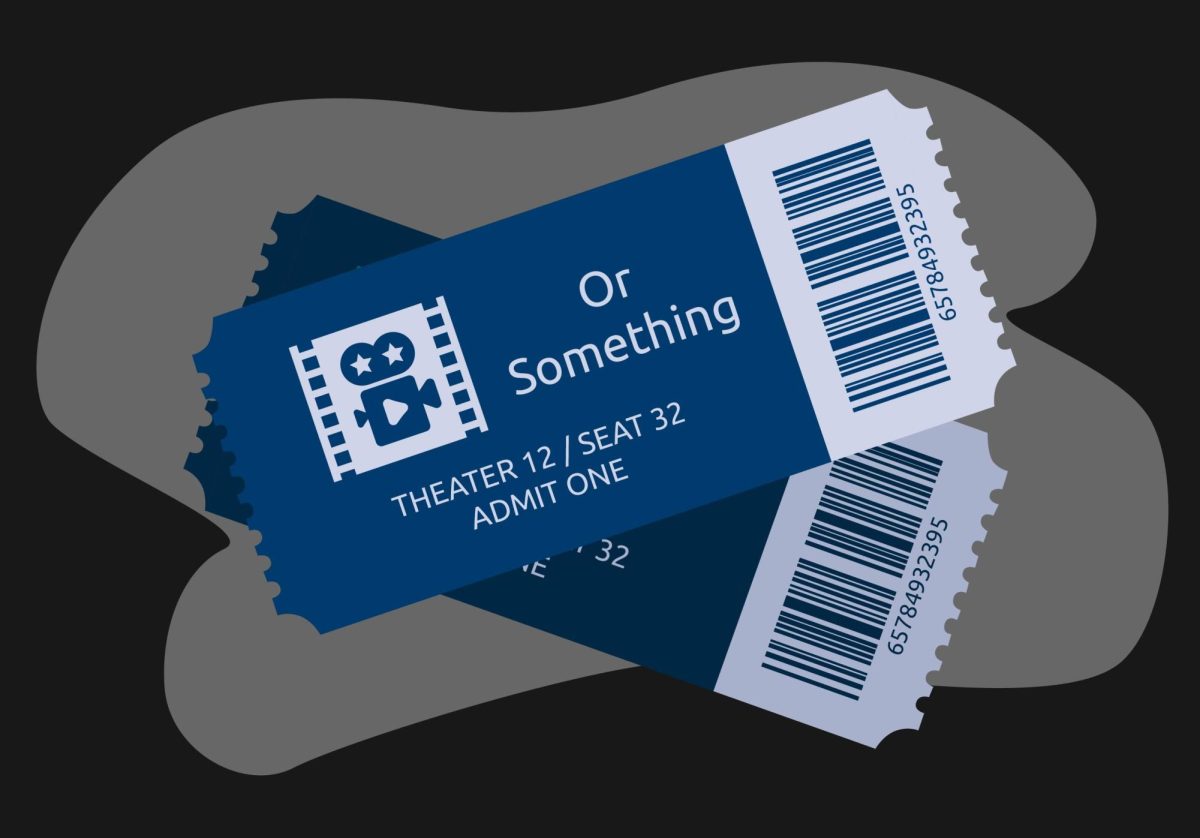As Americans, we pride ourselves on our variety of ethnic restaurants, our clothing styles and our tastes in music. We seek new ways to express ourselves and our individuality, but despite the United States’ technological advances, there are still plenty of cultural areas where work still needs to be done.
“Persian Silver,” a new exhibit at the Katherine E. Nash Gallery, is the first contemporary Iranian photography series ever shown in the United States. Other Iranian art forms, such as films and paintings, have been showcased all over the country, but photography is still relatively obscure.
The exhibit features black-and-white pieces, collages and montages, digitally enhanced work, and photographs taken with less-sophisticated cameras. The subject matter is similarly diverse.
Four pieces entitled “Child’s View, Nos. 1-4” are placed throughout the exhibit, and each contains four smaller pictures taken from a point of view that’s similar to that of a toddler. Some photos are sharp and crisp while others vary between semi-blurry and almost completely distorted.
Esmaiel Abbisi’s “Tantalus” is a striking use of black-and-white photography. A large photograph in the background is simply a huge flock of birds in flight. The smaller, overlapping photo shows a person from the calves to the feet with chains wrapped around the ankles. The barefoot person, photographed from behind, is clad only in a pair of frayed jeans.
In Greek mythology, Tantalus was a man who offended the gods, and his sentence was to be placed in water up to his neck, but whenever he leaned down to take a drink the water would drain away. Fruit trees hung above his head, but when he reached for them they would rise out of his reach. The English word “tantalize” is derived from his name. Abbisi’s photographic work takes the concept of a tantalizing distance from freedom and creates an image that is strong enough to take on oppressors wherever they might be found.
U.S. customs laws were tightened after Sept. 11, 2001, and even artwork can’t escape the feelings of distrust that invade the minds of U.S. officials. “Persian Silver” was supposed to open a week earlier than it did, but the customs service took longer than usual to clear the exhibit.
We often see photographs of the horrors of war and hatred, but these photographs take us inside a country where there is still a glimmer of hope. When there is hope, there is still a chance to make things right.







